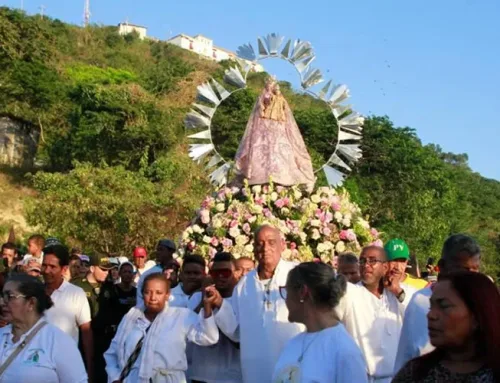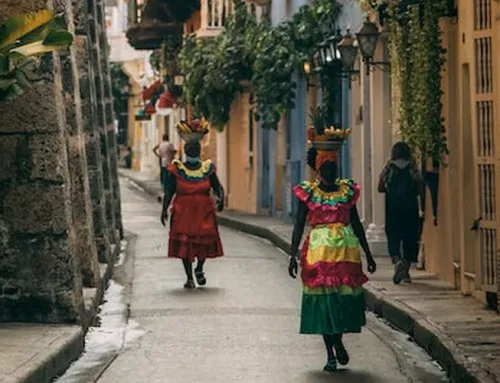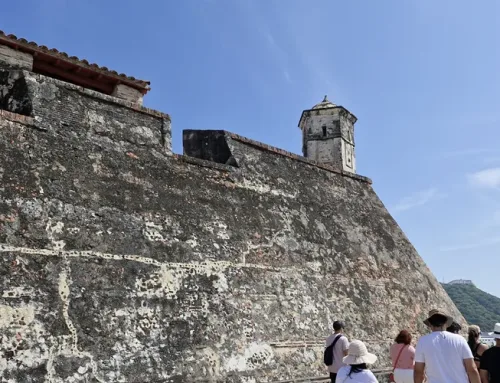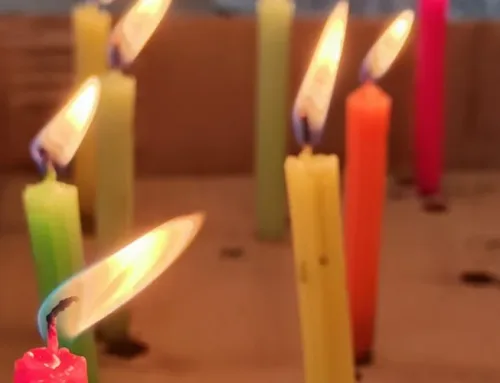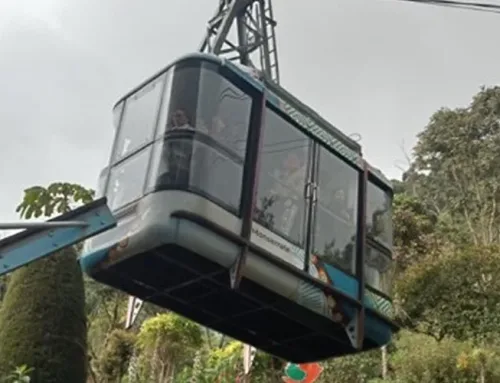Are you in Bogotá and they invited you to go for some ounces or some polish? In this guide we explain what they are, so that you know the most typical dishes of gastronomy rola and get along like a local during your visit to the capital of Colombia.
In the middle of the Andes mountain range, more than 2.600 meters above sea level, hides a metropolis like few others in the world. And it is that Bogotá is not only located in the center of the map of Colombia: it is also its economic and political axis. In addition, the city has colonial neighborhoods, artistic districts, architectural heritage, and more than 60 museums, which make it one of the main cultural centers of Latin America.
However, something that many people are unaware of is that Bogotá also stands out for the richness of its gastronomy, rich in traditions and flavors for all tastes.
These are some of the dishes and preparations that you cannot miss when you come to know Colombia and study Spanish with Nueva Lengua in Bogota:
For the day
Ajiaco: the flagship dish of rola cuisine. It is a potato and chicken soup, ideal for cold days in the city. It is prepared with three different types of potatoes (criolla, pastusa and sabanera). On your first day as a student Nueva Lengua We will share a welcome lunch and you will be able to taste the ajiaco the traditional way: with rice, capers and avocado!
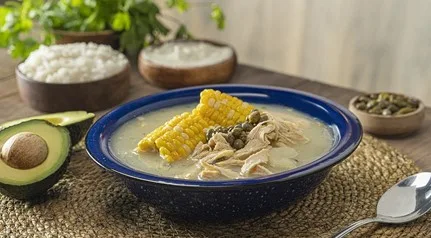
Changua: a controversial dish. There are those who hate it and those who love it, and it will always be a topic of debate among locals. Milk broth and boiled egg, seasoned with onion, garlic and coriander. It is usually accompanied with wheat bread, toast or almojábana.
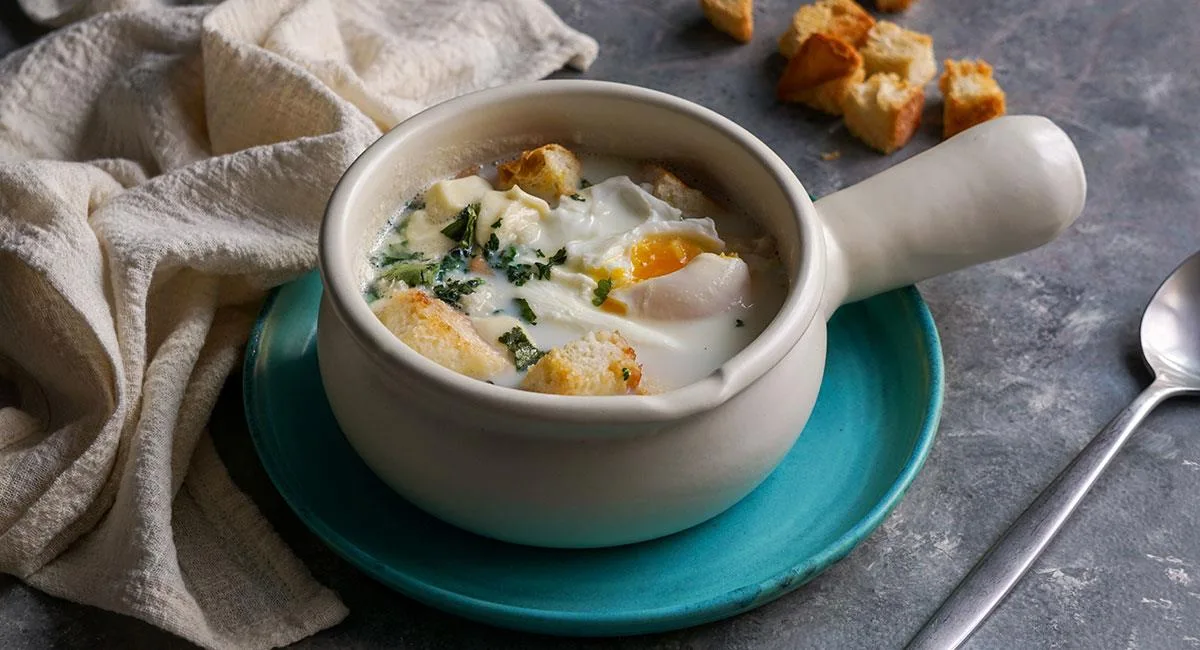
rip current: more than a specific recipe, the corrientazo is a term that is part of the bogota lexicon. This word refers to the lunch or menu of the day in the city's restaurants. But why is it called that? There are two theories. According to the first, current comes from corrients, which in Spanish means something common, habitual or simple; Thus, the current would be a lunch that a person would eat on a normal work day, without anything special. In addition, corrients It can also refer to the energy recharge you have after eating.
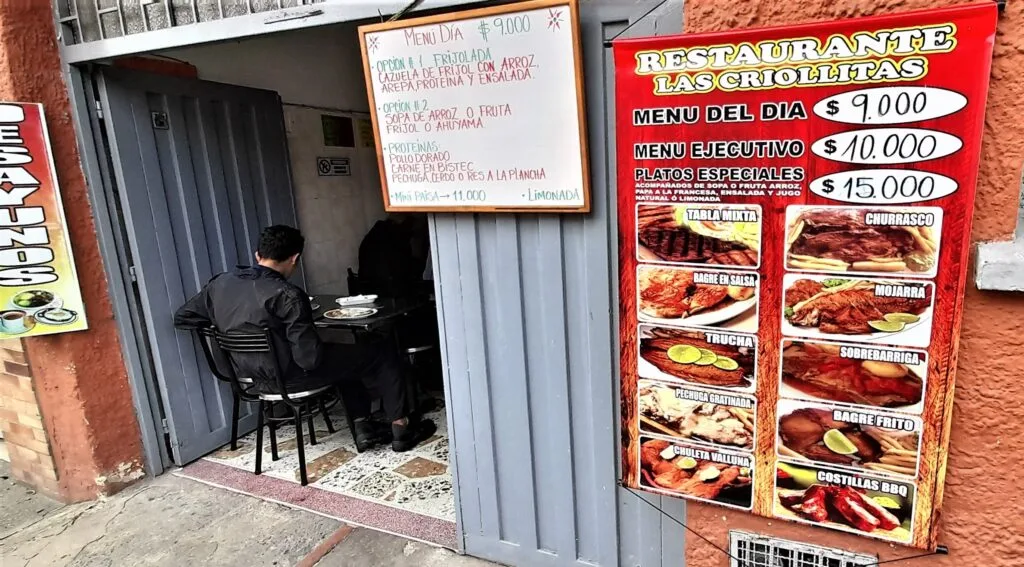
eleven o'clock
Anyone who has been to Bogotá, even once, will know that the favorite plan of Bogotanos is to go to take elevens. Do you know what elevens are? It is about the snack or snack that is taken in the middle of the afternoon, always accompanied by friends and a good conversation.
Some say that eleven refers to the eleventh hour of the day; others, which is an adaptation of the English term elevenses; and even, that it comes from the 11 letters of the word “aguardiente”. Whatever its true origin, if we can all agree on something, it is that there is nothing better than an eleven to chat and rest.
The usual protagonists of the eleven Santafereñas:
Chocolate with cheese: for many, the strangest drink in the country. A cup of hot chocolate to which cubes of fresh or peasant cheese are added. And yes, we know that it seems like a strange combination, but the mix between the sweetness of the chocolate and the saltiness of the cheese make it a product that is as delicious as it is exotic.
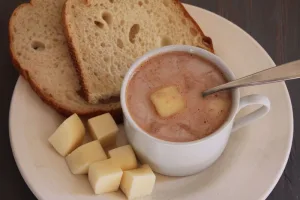
Santa Fe tamale: Like what happens with the arepa or empanadas, the tamale is not unique to any specific part of Colombia, but rather varies from region to region. In general terms, the tamale is a cornmeal dough cooked with vegetables, which is usually prepared with chicken or pork, and is wrapped in a banana leaf. In this case, the traditional Bogotá tamale is prepared with beef ribs, pork, and chickpeas.
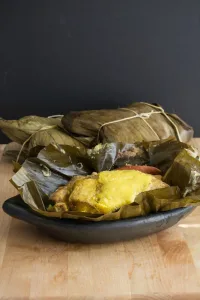
Red: It happens very frequently among foreigners who come to Colombia who, when offered a red wine, reject it thinking that it is a glass of dark wine. However, here red refers to a cup of black coffee prepared in water, something like an Americano. Red wine cannot be missing from your onces, especially after the tamale.
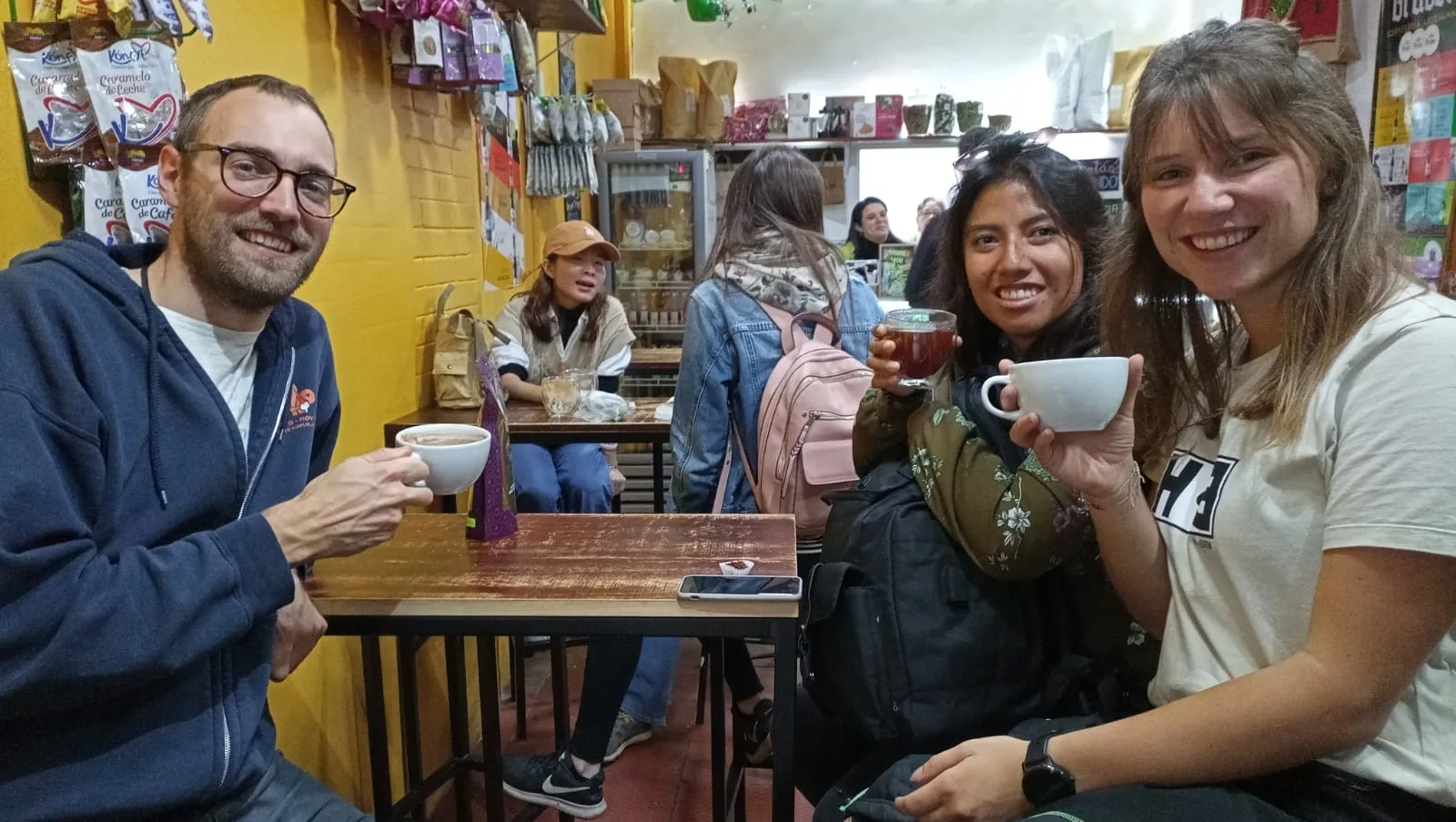
For the night
It is very likely that, after eleven o'clock, you and your friends have been wanting to continue chatting. If it's already gotten dark, it's a great idea to go for one pola a chicha or canelazo.
Pole: In the year 1910, Bavaria, a company dedicated to the manufacture and sale of alcoholic beverages, decided to launch a special edition in commemoration of the first centenary of the independence of Colombia. It was a change in the labels of their bottles, in which the image of the revolutionary heroin began to appear Polycarpa Salavarrieta. But why pola? The reason is simple: Policarpa's nickname was Pola was, and thus, the beers began to be known by this name.
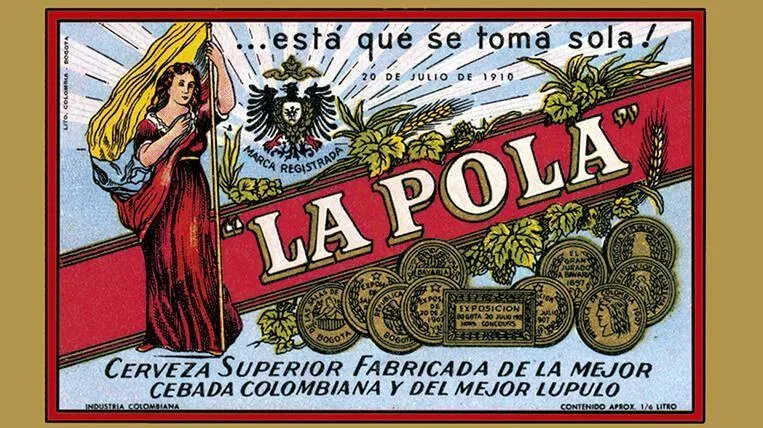
Girl: corn-based alcoholic beverage. Its origin dates back to the Muisca indigenous people, natives of the territory where Bogotá is located today, who ground corn and fermented it to obtain a liquid that, according to them, "sweetened the word." Back then, corn was ground in a very particular way: with the mouth! But don't worry, nowadays it is made by machine, and you can buy it in a glass, in totuma or bottled at the Quevedo's fountain.
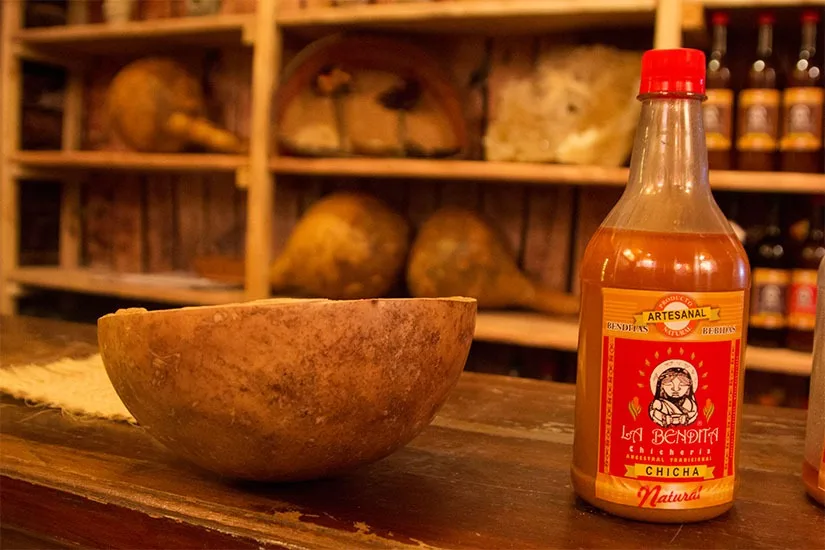
Cinnamon: Of all the above, this is undoubtedly the best for cold nights in the capital. It consists of an infusion of cinnamon and lemon to which a drink is added, generally brandy, but it can also be made with rum or brandy.
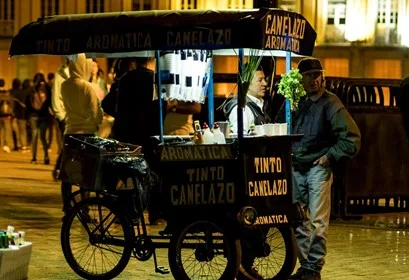
Definitely, the gastronomic heritage of Bogotá is unmatched. The capital of the country offers plans for all tastes and moments of the day, and for this reason, while you are learning Spanish here, you will always have new activities to discover, which will make your time in Colombia a unique experience for the rest of your life.
But to learn Spanish, what you see in a classroom is not enough: it is also necessary to experience the language in direct contact with people. that's why in Nueva LenguaIn addition to having professional teachers with experience in teaching Spanish as a foreign language, we develop daily cultural immersion activities, so that you can combine grammar and theoretical learning with real practice.
If you are looking to learn or practice your Spanish in Latin America, Bogotá's gastronomic offer, as well as its architectural, musical, and colonial heritage, will captivate you from the first moment.
Check the tourist activities that we organize in Bogotá, or write to us at info@nuevalengua.com for more information about our Spanish courses with cultural immersion.
All the articles in this blog have been written by the teachers of our school and by students from different countries who traveled to Colombia to learn Spanish.
“You travel too and study Spanish in NUEVA LENGUA"
Follow us on our social networks:
RELATED VIDEOS
MEDELLÍN - GUADUAS

